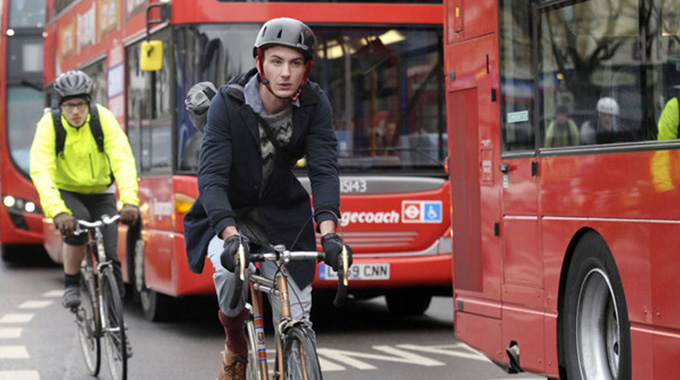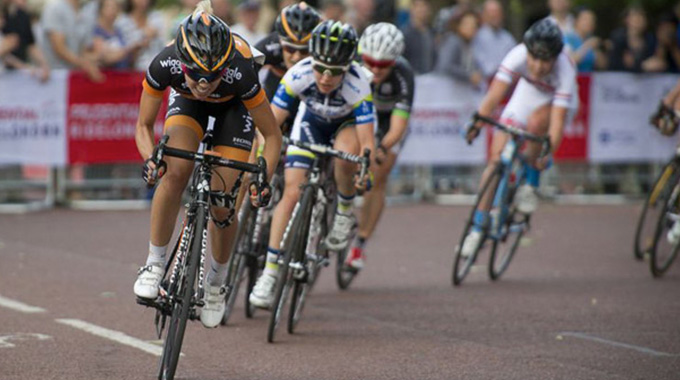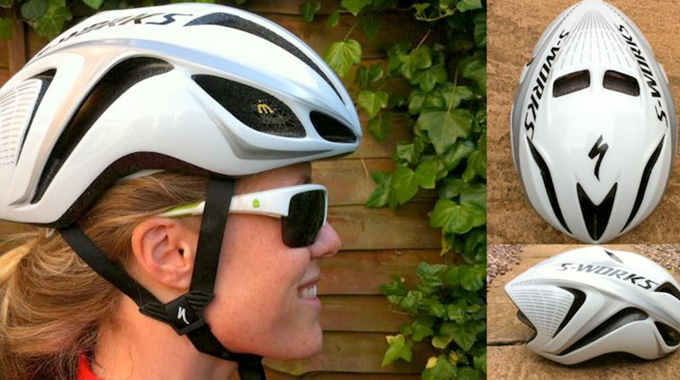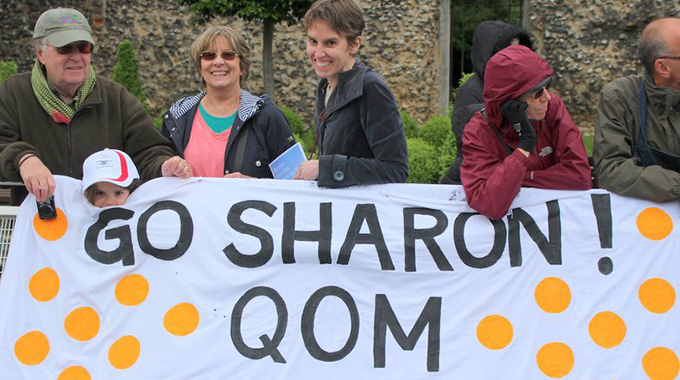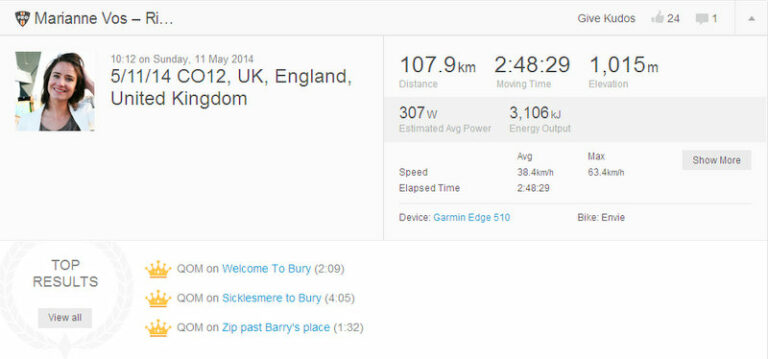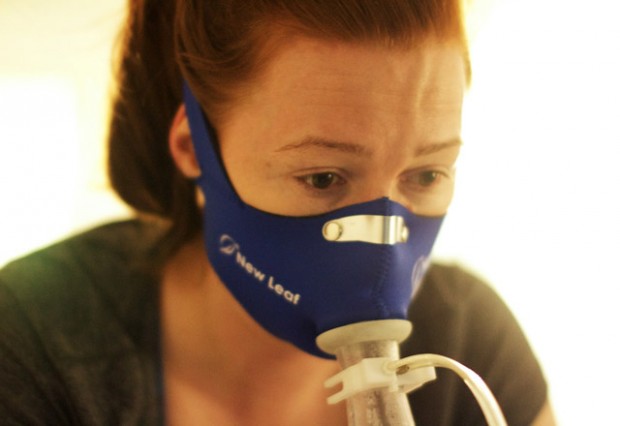
Fitness. That quasi-mythical condition that allows you to run marathons, leap rivers, and conquer crazy downhill mass start races like the Megavalanche with a single spin of the cranks. Apparently. I may be exaggerating a little.
It’s what I need to be, really, to give me the best chance of completing the challenge I’ve set myself. It’s also something I’m not sure I have much of, right now, if you can quantify it. And quantifying it is exactly what I needed to do.
To get from A to B, B being able to do the Megavalanche, you do kinda need to know where A is.
So with this in mind, Andy Wadsworth, the trainer who’s helping me try and get Mega-fit, sent me off for a fitness test. And I’d been dreading it. The very words brought to mind hours spent on a treadmill, tubes and cables coming off every square inch of skin and most facial orifices, and running until I was sick. Well, in my head anyway.
Happily this was quite a long way from the truth. In the event, a nice and very knowledgeable chap from BW Cycling in Bristol (Has that shop got literally everything? Quite possibly) handed me a heart rate monitor to put on, and directed me towards a fairly innocuous looking static bike. Phew!
There were some tubes, and they were connected to a mask. There was also a monitor, and pleasingly a machine that goes ping. My task was to pedal away at a stead rate, and gradually over time the resistance and cadence would increase. All the while Nice Chap would be monitoring my relative oxygen and carbon dioxide levels as I breathed in and out, and my heart-rate to gauge my VO2 max levels, which would apparently then inform my training program.
The Fitness Test
So what on earth can my breath and heart rate tell anyone about my fitness? This has taken me a while to get my head around; I’ve had to revisit my A-Level biology which was a slightly traumatic experience, so hopefully I’ve got this right. I do have a new appreciation for how amazing the human body is.
Your body (and mine, come to that) uses both sugars and fats as a fuel source. The amount of energy in either of these is measured in calories – a bit like how the energy in a battery is measured in volts. Fats can store a much more concentrated amount of calories, about twice as many as sugars, so that’s the preferred method of energy storage in the body.
My curvy bum? Call it my battery. I knew it was good for something!
When you exercise, your body burns both fats and sugars, sugars being a type of carbohydrate. At lower intensities, it tends to get similar amounts of energy from each. (This also means that if you are looking to burn fat to loose weight, lower intensity exercises are best. Yippee!)
As the intensity of exercise increases, and your heart rate rises, the relative percentages change and you start to burn less fat and more sugar. At a certain level, you reach the point where your energy is only coming from burning sugars.
I’ve popped in the graph that shows this happening in my fitness test; the line shows the percentage of calories from fat being burnt dropping off dramatically as my heart rate goes up.
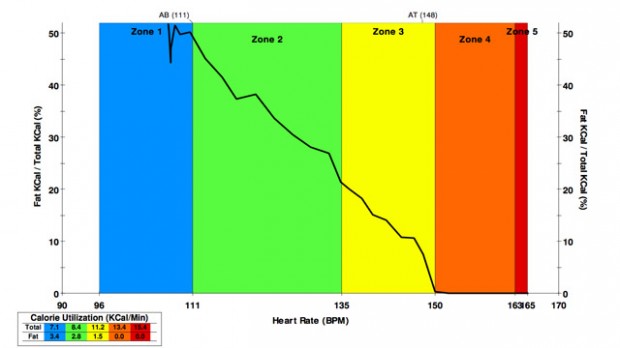
Now here’s the thing – your body can only store a finite amount of sugar in the system. So once you start burning through these, you’re going to run out at some point – the dreaded bonk! To avoid this, you need to take sugars on, and regularly. The other option is to stay operating at a lower level of heart rate so you ensure that you are still getting energy from the stored fats.
How does this help me? By finding out at what point certain key things start happening – like at what heart rate I start burning more sugars than fat, and at what point I’m only burning sugars, Andy can work out what kind of intensity I should be working out in. So the next step is to get the results, and work up a training plan around them.
If I work smart, I can make my body more efficient. I’ll be able to train it to keep burning fats for longer as my heart rate increases. I’ll also be able to get more power out of the calories I’m burning. Since in the Mega I’m going to be riding the bike for well over an hour, and stopping for a snack halfway down probably won’t happen, I’ll need to rely on my stored fat reserves to provide my fuel.
How fit am I? Well, let’s just say I’m nowhere near pro-rider level, but apparently, according to Nice Chap, I’m not doing too badly! Cue a small glow of pride (and a flush of relief).
My cycle to work has clearly started paying off.


